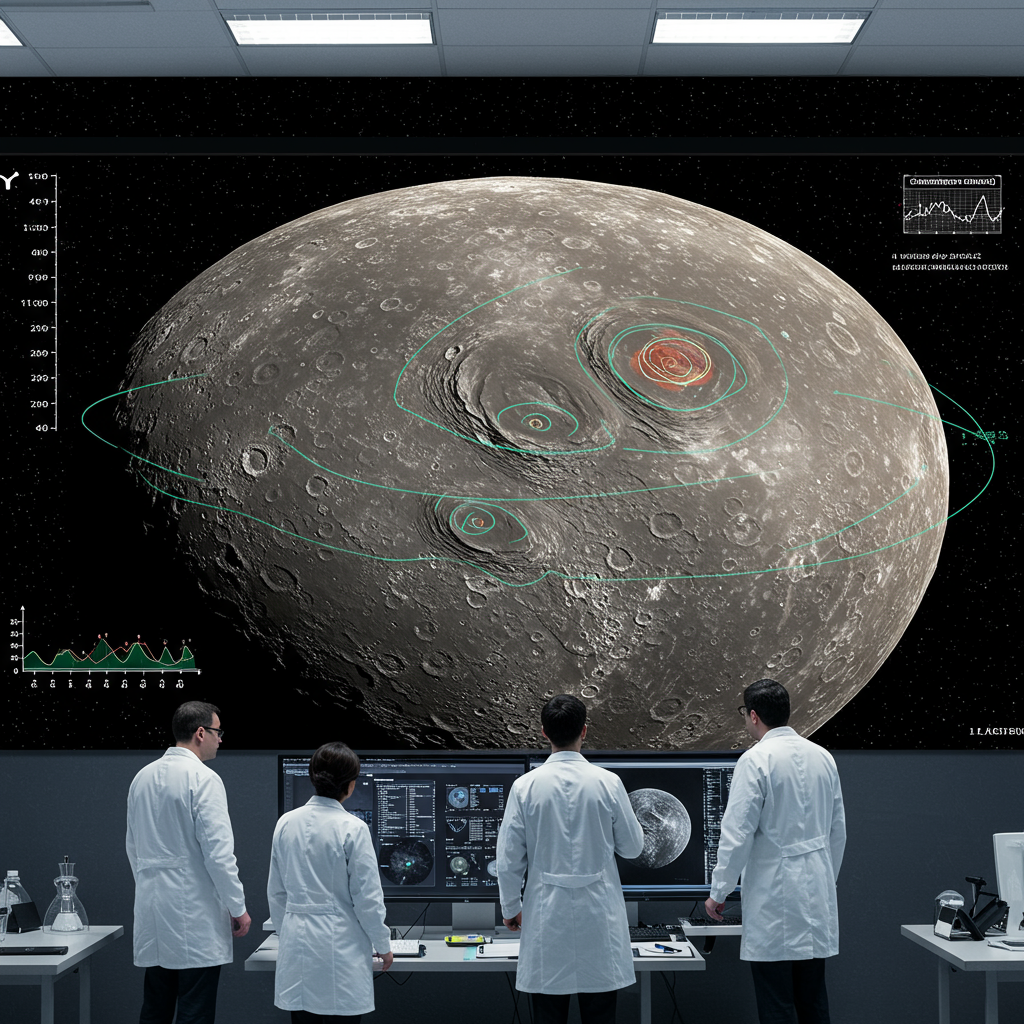Building a sustainable human presence on Mars faces numerous hurdles, none perhaps as significant as construction. Transporting the vast amount of traditional building materials needed to create habitats and infrastructure millions of miles from Earth is prohibitively expensive and impractical. But what if we could “grow” homes on the Red Planet instead of shipping them?
This is the groundbreaking concept being explored by researchers at Texas A&M University and the University of Nebraska-Lincoln, funded by the NASA Innovative Advanced Concepts (NIAC) program. Led by Dr. Congrui Grace Jin, the team is developing a synthetic lichen system that could revolutionize extraterrestrial construction by utilizing resources already present on Mars.
The Challenge of Martian Construction
Current ideas for Martian habitats range from inflatable structures to 3D printing with Martian soil (regolith). While promising, these methods often require significant transport of equipment or scaffolding from Earth, along with substantial human labor and continuous supply chains for materials like binders or nutrients. On a planet as remote and resource-scarce as Mars, a truly autonomous, self-sufficient approach is essential.
Introducing Synthetic Lichen Power
Mimicking the incredible resilience of natural lichens – complex symbiotic communities of fungi and algae or cyanobacteria – Dr. Jin’s team has engineered a synthetic microbial community specifically adapted for the harsh Martian environment. Unlike previous microbe-based building methods that needed external nutrient supplies, this system is designed to be completely autonomous.
This engineered living material leverages a symbiotic partnership between heterotrophic filamentous fungi and photoautotrophic diazotrophic cyanobacteria. Together, they create a self-sustaining biological factory capable of producing durable building materials.
How This Microbial Team Builds on Mars
The synergy between the fungi and cyanobacteria is key:
- Cyanobacteria: These microscopic powerhouses are crucial for self-sufficiency. They fix carbon dioxide (CO₂) and dinitrogen (N₂) from the thin Martian atmosphere, converting them into oxygen and organic compounds essential for the fungi’s survival. Through photosynthesis, they also contribute to producing carbonate ions, which are vital for hardening the material.
- Filamentous Fungi: These act as the primary binding agents and mineral promoters. They can withstand challenging conditions and are effective at promoting the formation of biominerals. The fungi bind metal ions, providing nucleation sites where minerals like calcium carbonate can deposit. They also support the cyanobacteria by providing water, minerals, and even recycling CO₂.
Working in concert, both the fungi and cyanobacteria secrete biopolymers. These natural substances act like biological glue, significantly enhancing the adhesion and cohesion of Martian regolith particles. This process, known as biomineralization, effectively turns loose soil into a consolidated, solid building material – essentially, a form of bio-concrete.
Autonomous, Resourceful Construction
The beauty of this synthetic lichen system lies in its simplicity regarding inputs. It primarily requires:
Martian Regolith Simulant: The readily available Martian soil.
Martian Air: Source of CO₂ and N₂.
Sunlight: Energy source for the cyanobacteria’s photosynthesis.
An Initial Inorganic Liquid Medium: Needed to start the process.
That’s it. Once initiated, the system sustains itself using Martian resources, eliminating the need for complex Earth-based supply chains or continuous human intervention. This represents a significant leap towards In-Situ Resource Utilization (ISRU) for construction.
From Bio-Material to Martian Homes
The consolidated material produced by the synthetic lichen can be utilized in various ways. Researchers envision it being incorporated into a “regolith ink” suitable for 3D printing. This allows for the fabrication of complex structures, from bricks and wall sections to potentially even furniture, directly on the Martian surface according to specific designs.
Furthermore, building with living biomaterials like this synthetic lichen offers a unique advantage: the potential for self-healing. If the microbial community remains viable within the material, it could potentially repair small cracks or damage over time through continued biomineralization, adding durability to Martian habitats.
This innovative bio-manufacturing approach, leveraging the power of a simple symbiotic partnership, offers a compelling vision for overcoming the construction challenges on Mars. It moves us closer to a future where human pioneers can grow their own homes on the Red Planet, paving the way for long-term extraterrestrial exploration and colonization.




